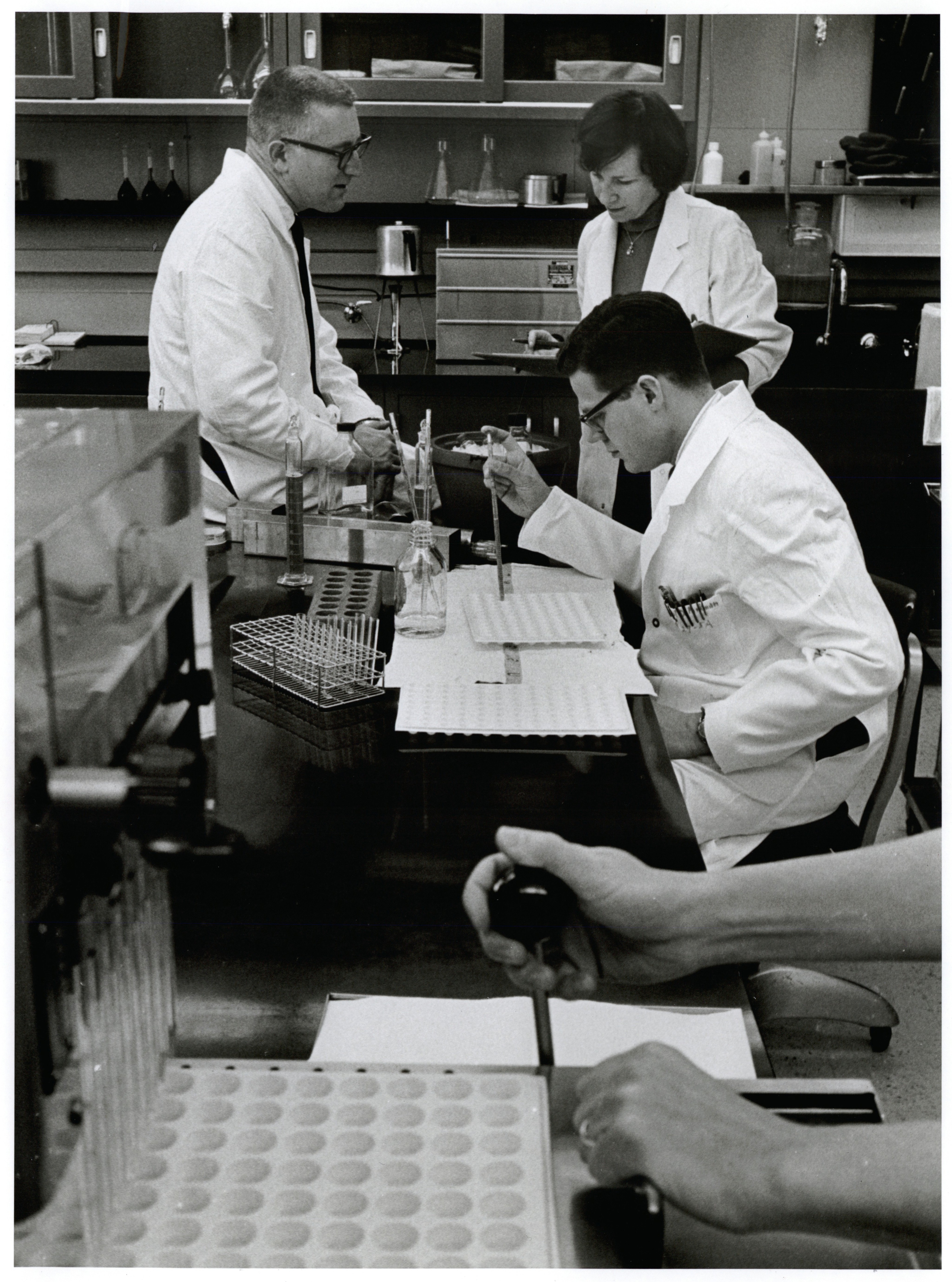...
Human trials began at the Arkansas Children’s Colony in 1965. Their vaccine was available beginning in 1966. Once proven safe, very quickly the vaccine was licensed by pharma companies (the first commercial vaccine was in 1969, based on the weakened virus by Parkman and Meyers). Pharmaceutical company, Merck, was also involved in developing a rubella vaccine.
| Dive | |||||||||||||||
|---|---|---|---|---|---|---|---|---|---|---|---|---|---|---|---|
| |||||||||||||||
|
...


